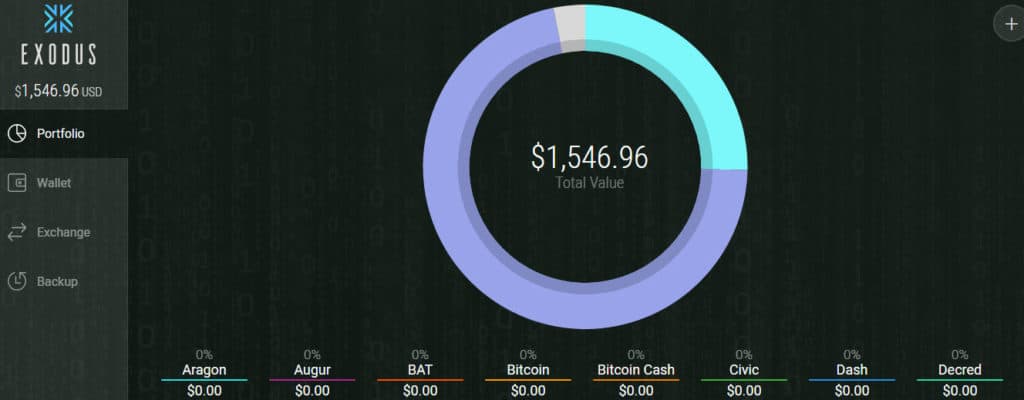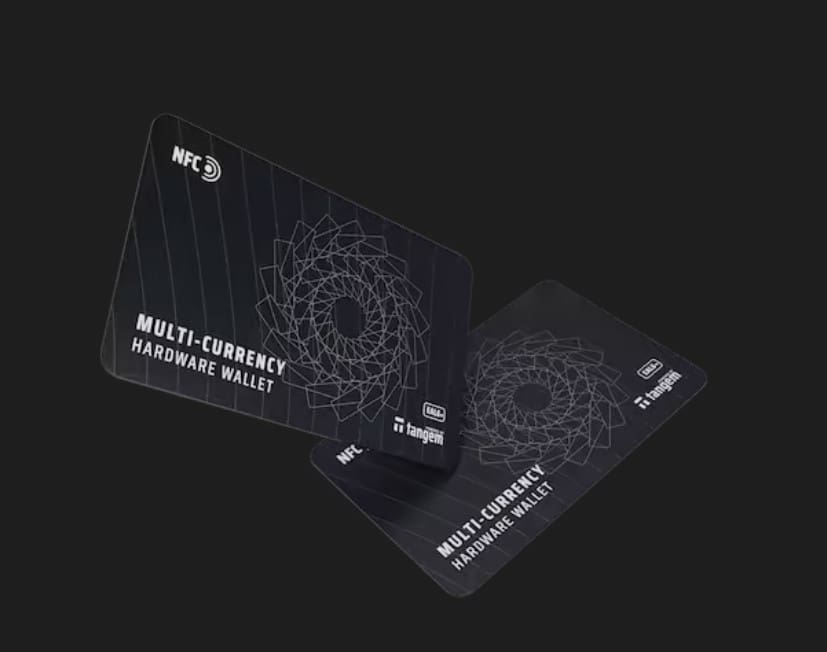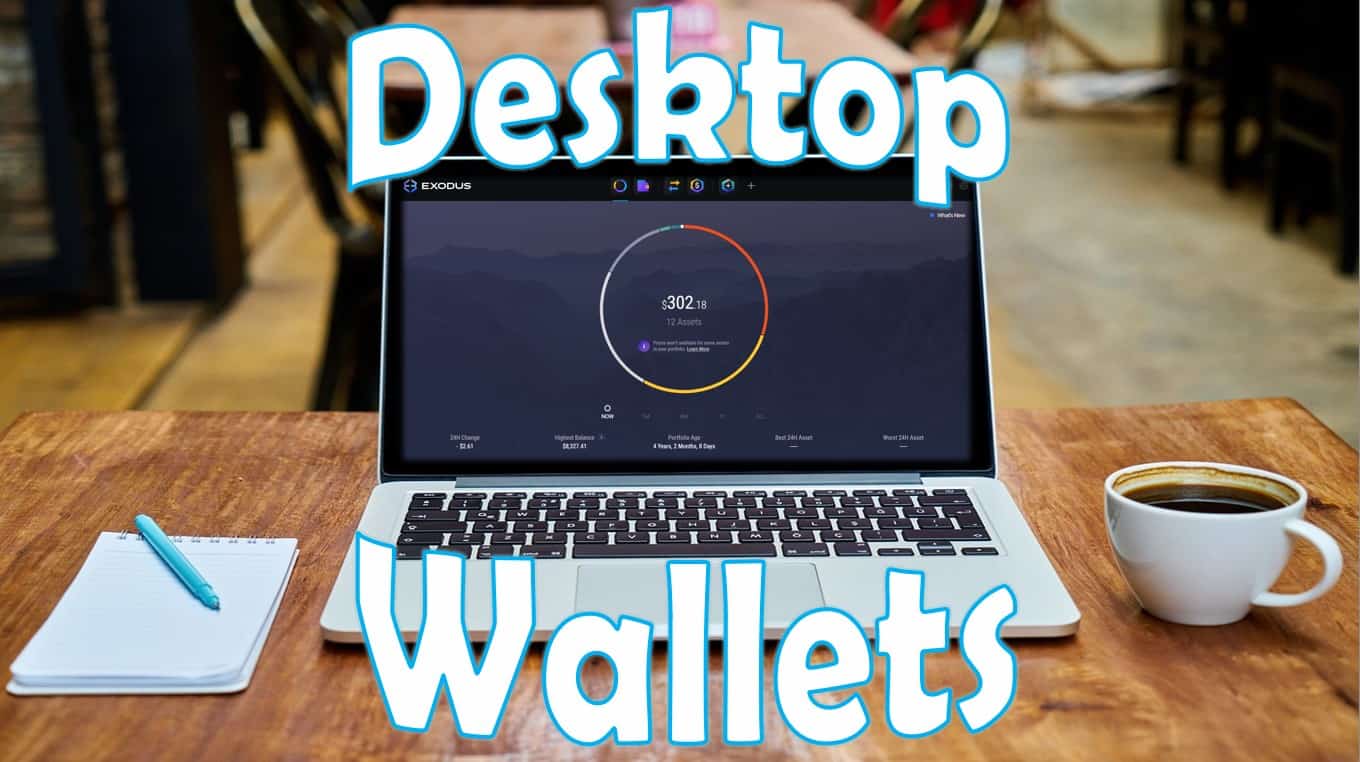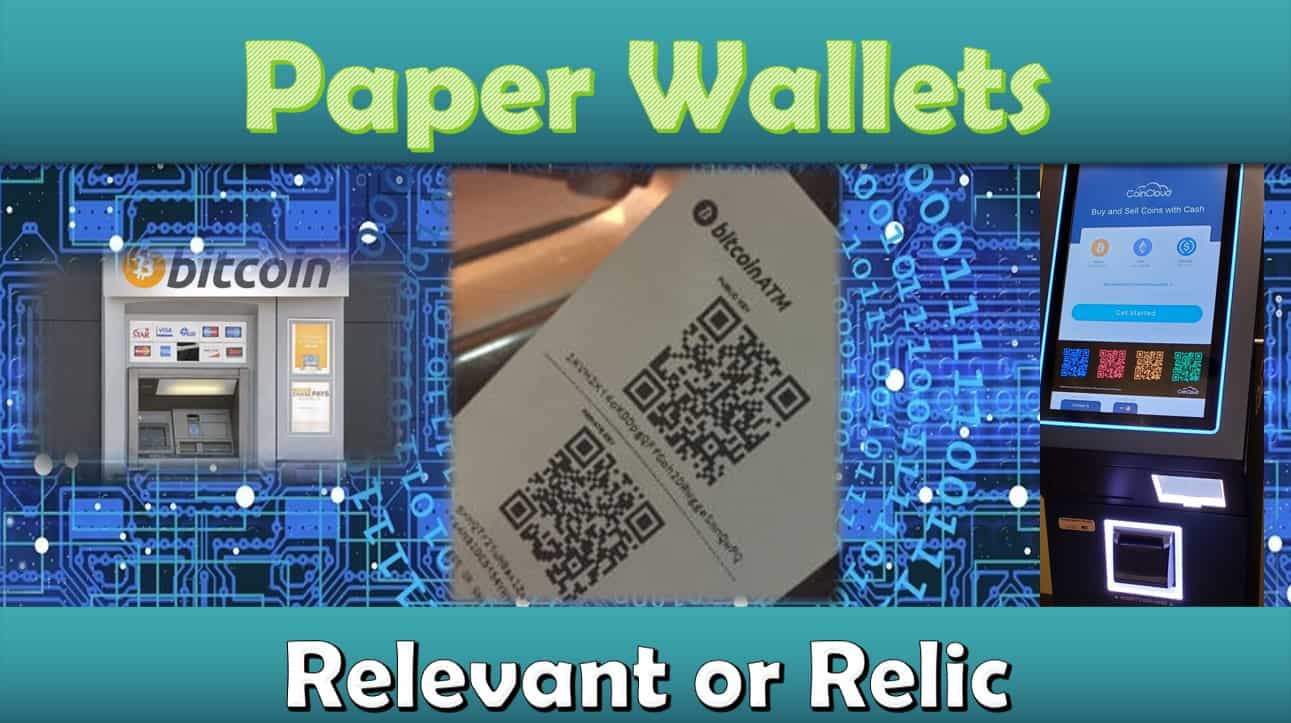
Crypto Relevant or Crypto Relic: Paper Wallets Simplified
If you’re relatively new to this whole cryptocurrency thing, let me take you back to the early days of crypto… a time when Bitcoin was a mere curiosity, and wallets were nothing more than lines of code on a screen.
The challenge then, much as it remains today, was how to keep your digital assets safe from the lurking threats of the web. It was certainly much more difficult then compared to the present day.
The technology to create secure cryptocurrency wallets was still being created. In those pioneer days, one solution emerged, that has transitioned, but is still used today… the trusty paper wallet.
A paper wallet is a physical document that holds the public and private keys necessary for managing and accessing your cryptocurrency holdings. A paper wallet is created using specific services that generate these keys. Usually represented in the form of a QR code, these keys are then printed onto a piece of paper. Specific procedures should be followed during the creation, storage and backup of paper wallets to ensure their security. This is a low-tech method of offline storage, often referred to as cold storage.
Fast forward to the present, and the crypto world has evolved in ways we couldn’t have imagined. But in the midst of all the advanced hardware wallets, mobile apps, and complex security measures, the paper wallet remains an option as a guardian for your digital wealth.
In this article, we’ll explore the history of paper wallets, including their current use in the crypto landscape.
So, let’s embark on our journey and explore whether paper wallets still have modern-day relevance, or if they’re just a relic of the past.
Journey of the Paper Wallet
What & Why of Paper Wallets
A piece of paper… at its most basic, that’s pretty much what this type of cryptocurrency wallet is.
Seems a bit rudimentary for a space that touts some of the latest technology and innovation.
But back in 2009, when the space was just burgeoning, unless you were tech savvy (and some who were more tech savvy, ‘teched themselves out of their crypto’), there were not many hack resistant options.
So paper seemed then, and to some degree remains, tried and true.
Let’s take a more detailed look at paper wallets.
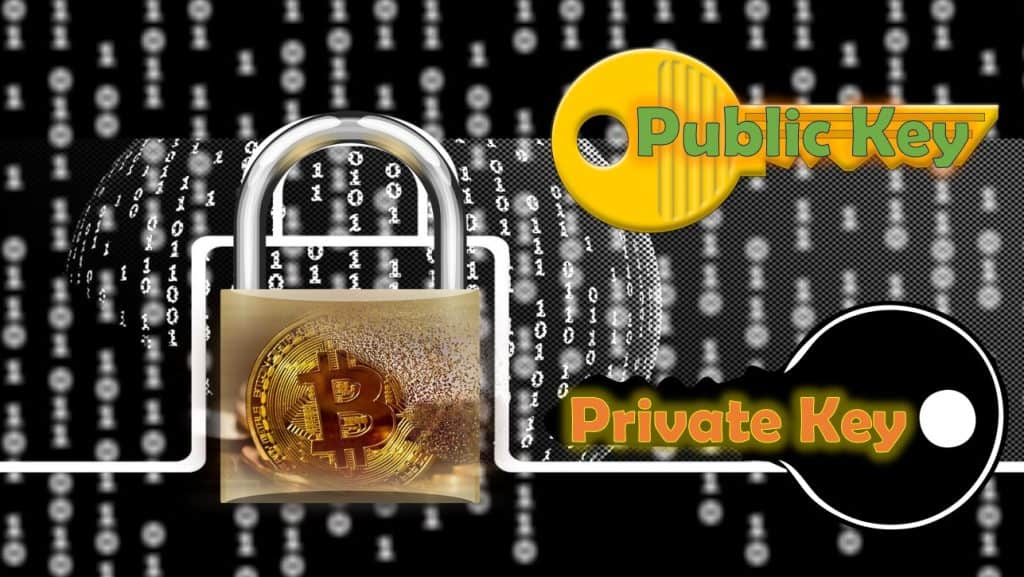
Evolution of Paper Wallets
The concept of paper wallets emerged around 2011-2012 when Bitcoin, the first cryptocurrency, started gaining traction.
Early adopters in the crypto space were looking for secure ways to store their coins. In particular, a way that did not rely on digital devices or online services, which were vulnerable to hacks.
The result was the birth of the paper wallet. It provided a simple yet effective solution.
They offered a way to take private keys offline, away from potential online threats. But it wasn’t just about safeguarding crypto assets, it was also about taking control of your financial destiny.
As you can imagine, over time, they became a popular choice for long-term storage of cryptocurrencies.
For the most part, paper wallets are the same now as they were when they came on the scene.
As I mentioned earlier, a paper wallet is a physical document that securely stores the all-important public and private keys needed to manage your cryptocurrency.
In simpler terms, these keys are akin to your bank account number (public key) and your ATM pin (private key).
The public key is what you share with others to receive funds, while the private key is kept secret, and used to authorize transactions.
Having a more detailed understanding of public and private keys is a very good thing.
Help yourself as you move forward in the space. Read this article that explains exactly what these keys are, and how they’re used to interface with your crypto assets.
This method of storage is offline, and is also referred to as cold storage.
Basically this means that these wallets are not connected to the internet and hence, less prone to online hacking attempts.
You can read more about cold storage options here.
However, as we’ll discuss in greater detail further on in this article, just like any physical item, a paper wallet can be susceptible to physical damage, loss, or theft.
But what’s the future look like for this wallet option?
Present & Future of Paper Wallets
These days paper wallets are still used by some individuals. Most of them are OG’s with large holdings. However others are newer to the space. These new investors have decided to opt for investing via ATMs.
Though using an ATM to invest in Bitcoin may seem a little ’20th century’, there is an increasing number of these machines popping up across the world as a whole, and North America in particular.
To give you some perspective, check out this post about the number of Bitcoin ATM surpassing 5000, or this article about Sberbank wanting another 5000 machines in Russia.
As with any technology, user-friendliness is key. See how Coinsquare has recognized this and is attempting to make ATMs more crypto friendly.
Looking ahead, it is reasonable to expect that the use of paper wallets may decrease over time. This will most likely be due to advancements in hardware wallets and other cold storage methods that offer more user-friendly interfaces and additional security features.
Nevertheless, these wallets will likely continue to play a role in the cryptocurrency ecosystem, especially for those preferring a truly offline, physical form of storage.
This staying power is a testament to the idea that sometimes, the simplest solutions can be the most effective.
For those who are considering having a paper wallet as a cold storage option, it’s a good idea to understand the benefits and the drawbacks.
Pros & Cons of Paper Wallets
| Advantages | Disadvantages |
|---|---|
| Highly Secure* | No Means to Recover Wallet (No Seed Phrase) |
| Immune to System Failures | Must Use Entire Wallet Each Transaction** |
| Offline Storage | Increased Risk of Loss or Damage |
| Complete Private Key Control | Technical Knowledge to Create Securely* |
| Most Cost Effective Cold Storage Wallet | Not Newbie Friendly |
| Difficulty of Funds Access |
*Must be created & printed correctly
**Unless Change Wallet Already Setup
One thing is for certain in this space, storing your private keys in cold storage is the best option for most crypto investors, especially long term HODLers.
The most relevant question is; what’s the best means of doing that?
Honestly, that’s not for me to tell you, all I can do is provide you with the information, and you have to decide the best course of action for your exclusive set of circumstances.
As with just about anything in life, you have to match these plusses and minuses to risk tolerance, and decide if a paper wallet is the best option for you.
Paper wallets come with their own unique set of advantages and drawbacks. Let’s take a look at some of those now.
Paper Wallet Benefits
One of the most compelling advantages of paper wallets is their security.
By generating, and printing your private keys on a physical piece of paper, you can effectively isolate your digital assets from the online world.
This makes them immune to online threats such as hacking, malware, and phishing attacks.
Frankly, all of these threats, and more, are very real.
Properly protecting yourself and your assets is your initial line of defense.
To help you prepare yourself, I’ve created some resources you should read.
First, make sure no matter what wallet you’re using, you have a backup. This article will help you with just that.
Second, understanding your options if your wallet is lost or compromised is critical.
As a matter of fact, if you didn’t properly back up your wallet, the recovery options are EXTREMELY LIMITED.
But knowing your options can help. This article will spell out if you crypto assets can be recovered.
Finally, this article will layout even the most extreme recovery possibilities.
Another advantage of a paper wallet is it’s a cost effective storage option, especially when compared to other means of cold storage.
Most cold storage wallets require you to purchase a physical device. Often these hardware wallets range in price from $50-$250 USD.
The final advantage we’re going to discuss in any kind of detail, is the fact that with a paper wallet, you are in control of your private keys… and as we know, this is probably the single most important factor in crypto. Because…
Not your keys, not your coins
Now let’s take a look at some of the disadvantages to paper wallets.

Paper Wallet Drawbacks
Let’s face it… paper is just paper.
When your crypto wallet is just a printed piece of paper, it is susceptible to everything that can damage or destroy paper.
Yep, you can lose your entire crypto wallet by spilling a drink on the paper!
Thus, the risk of physical damage or permanent loss is the most glaring vulnerability with this type of wallet.
Want more potential risks?
How about there is no way to recover this type of wallet using a seed phrase.
Did you stomach just drop a little?
Good… it should, especially if you are HODLing large amounts of crypto for the long haul!
The only way to backup this wallet is to have viable copies… talk about needing a high risk tolerance.
I suppose I could continue on with some of the drawbacks… but why bother?
Aren’t those two enough?
Weighing Your Wallet Options
So how do you decide if using a paper wallet is the best option for you?
Ultimately, you must carefully consider your specific needs and priorities.
If you value security, control, and intend to hold your cryptocurrency for the long term, a paper wallet can be an excellent choice. Keeping in mind of course, that diligent precautions must be taken to safeguard the physical document, maintain secure backups, and exercise caution when spending from it.
On the other hand, if you need to access your funds regularly, or are new to cryptocurrency wallets, a hardware or software wallet might be a better choice.
Simply put, paper wallets are a cost-effective option for storing your private keys that provides you with complete control of your assets. However, they come with significant risks, and are not as user-friendly as other types of wallets.
Remember, the keys to successful private key management are education, and careful consideration of your options.
Your wallet choice should be a reflection of your specific needs and risk tolerance.
In order to best make this decision, it might be helpful to compare paper wallets to your other noncustodial options.
Paper Wallet vs Other Options
The comparisons that we are about to discuss will point out the key differences between a paper wallet and your other choices.
All of these comparisons will be for noncustodial wallets, and will consider the following criteria; cost, convenience, and security.
Paper Wallet vs Desktop Wallet
Let’s begin our comparisons with an analysis of paper vs desktop wallets. We will discuss the comparison points of cost, convenience, and security features to help you make an informed decision.
| Wallet Type | Cost | Convenience | Security |
|---|---|---|---|
| Paper Wallet | X | X* | |
| Desktop Wallet | X | X |
*Set Up Correctly
Cost: One of the biggest advantages of paper wallets is that they are inexpensive to create. All you need is a computer, printer and a piece of paper to print your public and private keys. These days, each of these items are readily available.
However, many of the best desktop wallets are generally free to download and use. While some desktop wallets may charge fees for specific features or premium services, there basic features are free to use.
Convenience: While creating a paper wallet is simple, using it can be less convenient. To start, they are not suitable for frequent transactions. This is because to access your funds, you often need to import your private key into a software wallet, which can be a somewhat complex process. And, as we will discuss more later on, if you don’t have a ‘change address’ set up, when you spend your crypto in your paper wallet, anything ‘left over’ will be lost.
Desktop wallets on the other hand, are more user-friendly than paper wallets as they better strike a balance between security and convenience. Most desktop wallets have intuitive interfaces, allowing you to easily send and receive funds by simply clicking a few buttons. This makes them suitable for both beginners and experienced users.
Security: Paper wallets offer a high level of security, as they are completely offline (cold storage). Once set up, this makes them immune to online threats such as hacking or phishing. And that is the rub, in order to enjoy this highest level of security, measures must be taken during setup to ensure it. As we discussed already, these wallets are obviously not impervious, they are vulnerable to physical risks like damage, loss, or theft.
While not as secure as paper wallets in terms of protection, desktop wallets provide a decent level of security. As with any wallet stored online or on another device, it is only as secure as the device it resides on. Remember, your private keys are stored on the device. While many desktop wallets offer users additional security features, they ultimately remain susceptible to online attack vectors.
Paper vs Desktop Takeaway
Choosing between a paper wallet and a desktop wallet depends on your unique needs and circumstances.
If you value high security, and plan to store your crypto for a long time without accessing it frequently, a paper wallet might be the right choice.
However, if you need to access your funds regularly, and value convenience and additional features, a desktop wallet would be more suitable.
For those who decide that a desktop wallet should be part of your crypto strategy, I use, and recommend, Exodus.
As always, no matter which type of wallet you choose, never forget that keeping your private keys safe is of paramount importance.
In the end, it’s possible to use both wallet types. Afterall, there will likely be crypto assets you wish to HODL long term, and others you want to trade, or use more frequently.
Paper Wallet vs Hardware Wallet
Among the multitude of cold wallet options available, two stand out above the rest, paper wallets and hardware wallets. Both options offer unique advantages, and come with their own set of drawbacks.
As we did previously, we will look at these wallet options and compare them in terms of cost, convenience, and security.
| Wallet Type | Cost | Convenience | Security |
|---|---|---|---|
| Paper Wallet | X | X* | |
| Hardware Wallet | X** | X |
*Set Up Correctly
Cost: Paper wallets are incredibly budget-friendly, after all, if you already have the computer, printer and paper, then you’re good to go. Given most of us already have these items at our disposal, it makes a paper wallet one of the most economical options for storing cryptocurrencies.
In contrast to paper wallets, hardware wallets come with an upfront cost. Once you choose which physical device is best for you, then the purchase must be made. Prices for hardware wallets vary depending on the brand and model, but they generally range from $50 to $250 USD. While this may seem like an expense, it should be looked at as an investment in top-tier security.
Convenience: This is where a paper wallet falters. As mentioned previously, they are not designed for frequent transactions. Furthermore, to access your cryptocurrency, you typically need to import your private key into a digital wallet, which can be cumbersome for regular users.
In comparison to their paper counterparts, hardware wallets offer a balance between security and convenience. While user friendliness is definitely dependent on device design, overall, they provide easier access to your crypto holdings. Though these physical hardware wallets, as a whole, are not ideal for frequent activity, they do make transitions smoother as compared to paper wallets.
Security: As I mentioned before, paper wallets shine in terms of offline security, this of course comes with the caveat that they are set up correctly. Again, since they exist solely in physical form, they are impervious to online threats like hacking and malware. So, the only real security risks are losing the paper, and having it damaged or stolen.
Hardware wallets offer a high level of security for the average, and even the advanced, crypto user. They store your private keys on a secure physical device, keeping them isolated from potential online threats.
Paper vs Hardware Takeaway
As I mentioned in our previous comparison, the choice between a paper wallet and a hardware wallet ultimately depends on your specific needs and circumstances.
If you value high security, does it not make sense to utilize the option that is not only secure, but easy to use, set up, and of course, backup?
Again, if you are going to need to utilize your assets periodically, even if your plan is to HODL, a physical hardware wallet is certainly your best option.
Remember, regardless of which type of wallet you choose, the safety of your private keys is paramount.
For this reason, as well as the ease of use, setup and backup, I use and recommend the Tangem Wallet.
As before, remember you can use both wallet types simultaneously. Frankly, utilizing more than one wallet is a recommended action when transacting with crypto.

Paper Wallet vs Mobile Wallet
In this comparison, it’s all going to be about the desire to have security or convenience. Because the similarities between these two wallets end with the fact that they are cryptocurrency wallets. As before we will discuss the same criteria as we break this comparison down.
| Wallet Type | Cost | Convenience | Security |
|---|---|---|---|
| Paper Wallet | X | X* | |
| Mobile Wallet | X | X |
*Set Up Correctly
Cost: As we’ve discussed previously, paper wallets are incredibly cost-effective.
Surprisingly, there are several, good, noncustodial mobile wallets available to users that are free to download and use. By choosing one of these options, the cost rivals that of a paper wallet.
Convenience: As we’ve discussed earlier, paper wallets definitely falter in the convenience department. They are not designed for frequent transactions, and often require importing your private key into a digital wallet for access.
In terms of convenience, mobile wallets are far superior. Not only are they designed for users to make frequent transactions, but users can always have their wallet with them on their smartphone. To increase their convenience, these wallets have friendly UIs, so they are perfect for beginners and experienced users. But nor than that, these wallets also offer a wide range of support crypto assets.
Security: As discussed before, when set up correctly, paper wallets shine in terms of offline security. Their offline nature makes them immune to online threats. Their true vulnerability comes in the form of damage and loss.
Conversely, while mobile wallets provide a reasonable level of security, they are ‘hot wallets’, meaning they are connected to the internet and thus potentially vulnerable to online attacks. A layered security approach is suggested when using this type of wallet. Finally, keep in mind that your mobile wallet is only as secure as the device it is operating on.
Paper vs Mobile Takeaway
If you’ve read the other takeaways, you already know that the final choice here completely depends on your unique circumstances.
Again, a paper wallet might be better suited for long-term storage of large amounts of cryptocurrency.
On the other hand, a mobile wallet is more suited for regular trading, and more frequent transactions due to its convenience and user-friendly interface. Mobile wallets cater to the needs of users who value a balance between security and convenience.
Also, as each takeaway section has highlighted, the safety of your private keys, no matter the wallet type is paramount.
As always, the best recommendation is likely to use both wallet types simultaneously to give you the greatest amount of security and flexibility.

Paper Wallet vs Online Wallet
As we wrap up our wallet comparisons, this final section will discuss a paper wallet vs a very popular, and widely used wallet option; online wallets. As before, the comparison will be in the areas of cost, convenience, and security.
| Wallet Type | Cost | Convenience | Security |
|---|---|---|---|
| Paper Wallet | X | X* | |
| Online Wallet | X | X |
*Set up correctly
Cost: As we’ve discussed throughout these comparisons, it’s hard to beat the cost effectiveness of paper wallets. Most of us already own the materials necessary to create this type of wallet.
However, the cost of using an online wallet can vary. Online wallets are often free to use, with many providers offering basic wallet services without charge. However, some may include fees for specific features or premium services.
Convenience: As we’ve seen in each previous comparison, paper wallets often lag in the area of convenience. They are not as user-friendly as other wallet types and require careful handling due to their physical nature.
Online wallets on the other hand, provide a high level of convenience. They are designed for easy access to your cryptocurrency holdings and are suitable for frequent transactions. With user-friendly interfaces, they cater to both beginners and experienced users.
Security: As you’ve probably already discerned from our previous comparisons, a paper wallet, set up correctly, provides a superior level of security. The obvious area of lack in this area being they can be easily damaged or lost, and if this happens, recovery of the stored assets is nearly impossible.
While online wallets offer encryption and other security measures, they are vulnerable to online threats, such as hacking and phishing attacks. Due to these vulnerabilities, they require strong security practices.
Paper vs Online Takeaway
As we’ve discussed in each previous section, the choice of which wallet is best for your situation is a unique decision. With that, the same criteria apply.
If security, and long term HODLing are your priorities, then a paper wallet may be for you. Not to mention that they are also cost effective in most cases, though requiring a bit more aptitude with set-up and storage.
On the other hand, if you frequently transact with cryptocurrencies and need easy access to your assets, an online wallet would be more suitable. They offer user-friendliness and convenience, making them ideal for everyday use.
Remember, that no solution is perfect, and using a combination is likely a best practice for the overall security of your crypto assets.
As we transition into how to create a paper wallet, it’s important to remember that there’s no one-size-fits-all solution.
Your choice of wallet should be a reflection of your specific needs and your digital abilities. So let’s talk about the knowledge you need to create a paper wallet.
Creating a Paper Wallet
As discussed throughout this article, a paper wallet is one of the best ways of securing your crypto assets for the long-term… if you set it up, and secure it correctly.
This is a very important distinction to understand, as a paper wallet contains all the data necessary to generate the private keys for your cryptocurrency, and thus access your assets.
To create a paper wallet, you’ll need to follow a series of precise steps, and consider essential security precautions.
As we move forward, we’ll walk through the process. But first, let’s talk over some factors you should contemplate before you begin.

Considerations Before You Begin
As we discussed in each of our wallet comparisons, proper setup of a paper wallet is critical to ensuring the proper storage, and security of your digital assets.
With this in mind, before you start creating a paper wallet, here are some significant considerations you must consider.
Your Computer: Ensure you’re using a secure, and trusted computer system. The computer you use for this process should be free from malware, viruses, and keyloggers. Using a freshly formatted and dedicated computer, often referred to as an air-gapped computer, is the best practice.
Your Printer: Use a high-quality, offline printer. Avoid public or shared printers, turn off your printer’s Bluetooth connection, and be sure to clear the printer’s cache after each use.
Wallet Encryption: Consider using BIP38 encryption, which adds an extra layer of security by requiring a password to access the private key.
Wallet Backup: Create multiple copies of your paper wallet, and store them in separate secure locations. If one is lost or damaged, you’ll have a backup. We’ll discuss more about securing your wallets shortly.
Once you’ve prepared yourself, you can begin the creation of your paper wallet.
Instructions for Creating a Paper Wallet
Let’s walk through the steps you will need to complete in order to create your paper wallet.
Step 1: Generate Key Pairs
The first step in creating a paper wallet is generating a new key pair. The key generator will create a pair of cryptographic keys. These are your Public and Private Keys.
This process of generating these keys begins by choosing a trusted and reputable paper wallet generator.
Two of the most trusted, and widely used are bitaddress.org or walletgenerator.net.
SECURITY TIP: When accessing these websites, ensure your connection is protected and secured with a Virtual Private Network (VPN)
Step 2: Ensure Key Pair Randomness
Having the highest possible randomness in your key generation process is critical.
To enhance the security of your paper wallet, and increase the randomness of your key pairs, move your mouse around the screen.
Then, to further increase the randomness of you keys, type a bunch of arbitrary characters into the text box provided by the online tool until the progress bar reaches 100%.
Step 3: Keys Encryption
Having the highest level of encryption possible, even outside of the crypto space should be a top priority.
Once you’ve generated your keys, it is a best practice to make sure they are also encrypted. You can accomplish this by using BIP38 technology. In case you missed it earlier, BIP38 is a standard process to encrypt Bitcoin and crypto wallets, making them less susceptible to theft.
If you decide to come up with the password on your own, be sure to create a strong and unique one.
For the best suggestions for how to create the strongest, most unique password you can, read this article before you begin.
Step 4: Print Your Wallet
Though you would think that this would be the final step in the process, it is not. However, it is a critically important step in the security of your wallet.
As mentioned earlier, you should use a printer that is not connected via Bluetooth to any other device, and is air-gapped (offline). This helps to ensure your keys are not exposed to online threats.
Be sure to clear the memory of the printer to ensure no one else can reprint your wallet keys.
To print your paper wallet, you only need a piece of paper for the printer. However, as a pro tip, consider using a more durable material such as Tyvek.
Step 5: Backup & Secure Your Wallet
First and foremost, though it should go without saying, never share your private keys, or encryption password with anyone.
To ensure you have a backup of your wallet in case you lose your original, make multiple copies of the paper wallet. Consider creating at least three copies: one for regular use, and two backups.
All of these paper wallets (and backups) should be stored in a secure, dry, and cool place, away from direct sunlight.
Consider using a fireproof and waterproof safe, or a secure deposit box.
Ultimately, using a paper wallet can be an excellent way to store your cryptocurrency securely, but it requires careful attention to security details.
Following these steps and considering the best practices will help you create a reliable and secure paper wallet for your digital assets.
Paper Wallet Possibilities
Throughout this article, we’ve embarked on a journey through the realm of paper wallets, unlocking their potential as a fortress of security. Ultimately, a paper wallet serves as a secure and offline method for storing your cryptocurrencies.
Its creation process, while seemingly straightforward, demands thorough attention to detail and stringent security measures. From the generation of a new key pair using trusted online tools, to enhancing security through random key pair generation, and BIP38 encryption, every step is vital in ensuring the safety of your assets.
Remember, the importance of using an air-gapped computer and printer cannot be overstated. This precautionary measure helps ensure your keys are not exposed to any online threats.
Equally crucial is the safe storage of your paper wallet. Storing your wallet in a cool, dry space, out of direct sunlight is key.
Let’s not forget that backing up your wallet is another critical step. Always create multiple copies of your paper wallet and check their condition regularly.
The effective use of a paper wallet hinges on adopting and maintaining these best practices. By doing so, you not only ensure the safety of your digital assets but also gain peace of mind in the security of your investments.
Frequently Asked Questions (FAQ)
Q: What is a paper wallet?
A: A paper wallet is an offline method of securely storing cryptocurrency. It involves generating cryptographic keys – a public and a private key – and printing them on a piece of paper.
Q: How do I generate my key pairs?
A: You can generate your key pairs using trusted online tools such as bitaddress.org or walletgenerator.net. You should ensure your connection is protected and secured with a Virtual Private Network (VPN).
Q: How do I increase the security of my wallet?
A: To enhance the security of your paper wallet, move your mouse around the screen and type a bunch of arbitrary characters into the text box provided by the online tool until the progress bar reaches 100%. You can also encrypt your keys using BIP38 technology.
Q: How do I print my wallet?
A: When printing your paper wallet, you should use a printer that is not connected via Bluetooth to any other device and is air-gapped (offline). It’s best to clear the memory of the printer after printing, to ensure no one else can reprint your wallet keys.
Q: How do I store and back up my paper wallet?
A: To ensure you have a backup of your wallet in case you lose your original, make multiple copies of the paper wallet and store them in a secure, dry, and cool place away from direct sunlight. Consider using a fireproof and waterproof safe or a secure deposit box.
Disclaimer
The information provided here is for INFORMATIONAL & EDUCATIONAL PURPOSES ONLY!
View our complete disclaimer on our Disclaimer Page

